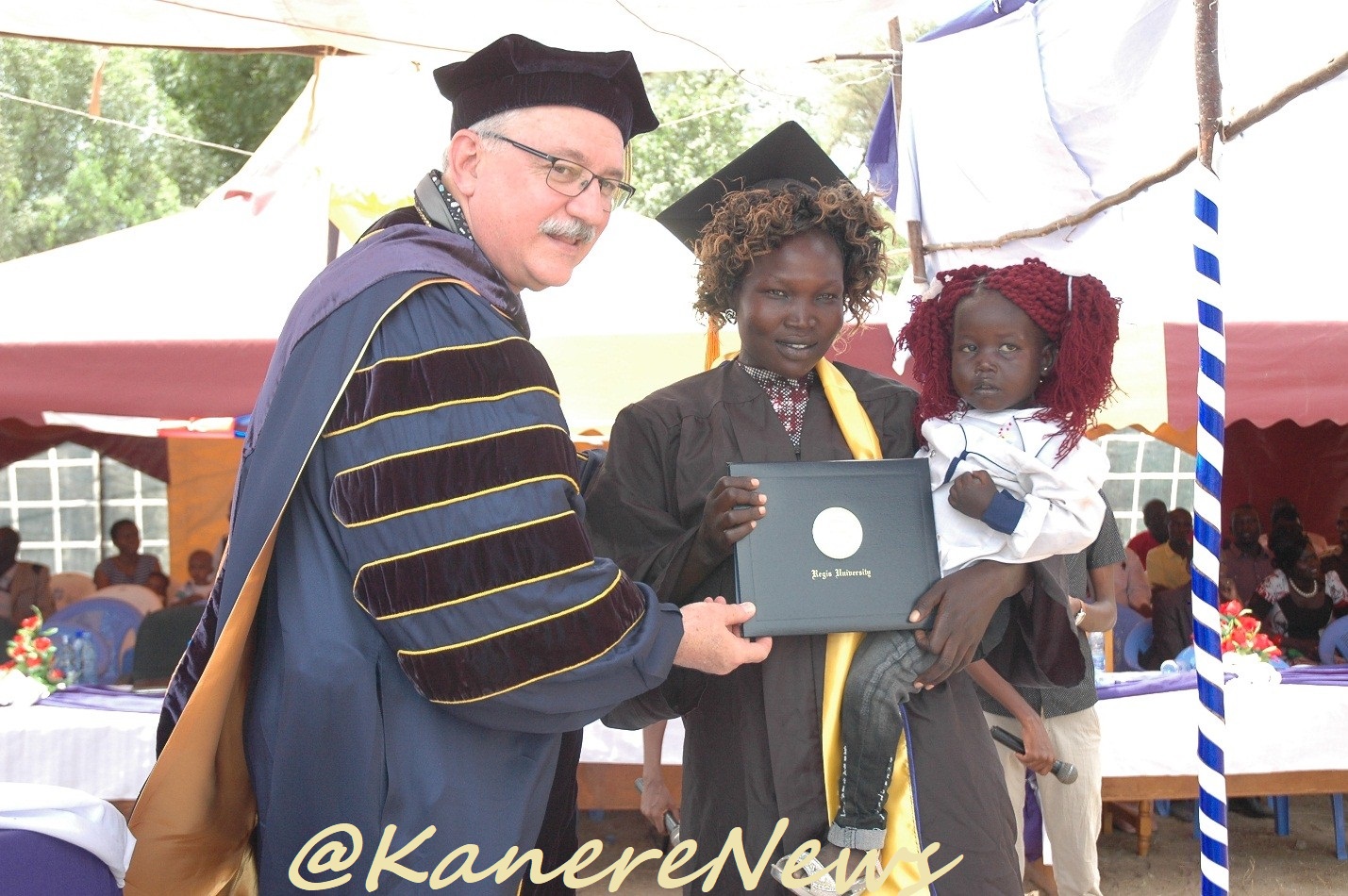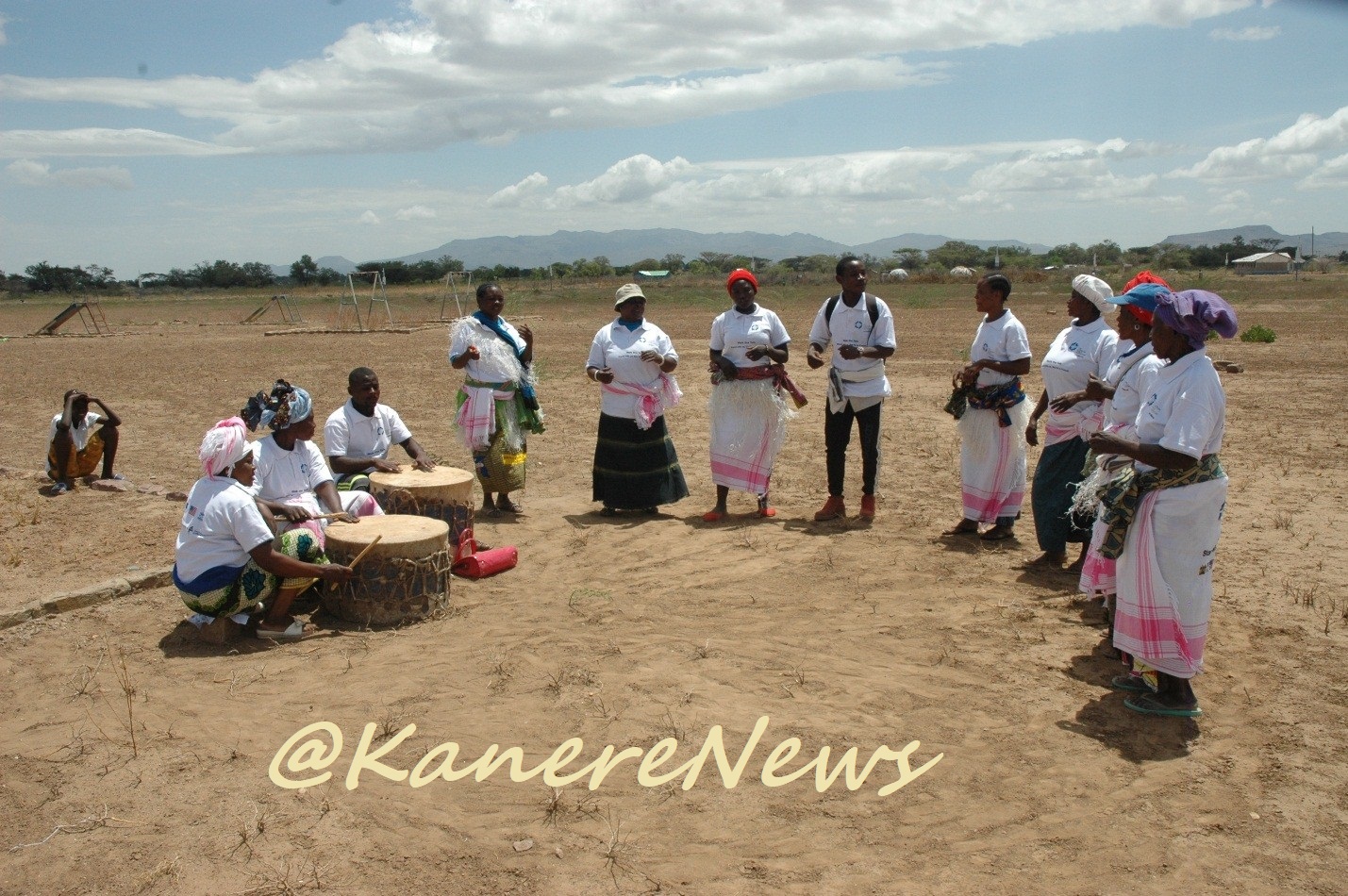By KANERE News Desk – kakuma.news@gmail.com, July 2019
Decreases in the number of resettlement places available and a cut in food rations have led to growing levels of suicide, drug abuse and alcoholism as a coping mechanism among female refugees in Kakuma refugee camp, northwest Kenya, a home for more than 88,000 women from different East and central African countries, who’ve escaped war or civil strife. Since US President Donald Trump became tougher on immigration, closing down the number of resettlement places for refugees, the situation in Kakuma has become more difficult. According to UNHCR daily updates, more than 14,000 refugees in Kenya who were undergoing processes that might have led to resettlement to the US have had their cases put on hold. UNHCR added that the mood in the camp is deteriorating and suicide is rising.
UNHCR figures have shown that the number of refugees who departed to the US in 2018 from Kenya was less than 500, compared to 7000 in 2016. The US was the most common destination country for refugees from Kenya, especially for Somalis. For the past eight years, the US took around 24,000 refugees from Kenyan camps, mostly Somalis.
“I attempted to kill myself different times. In 2018, I took chemicals once, I used rope another time and I cut my veins deliberately to bleed this year,” said Askalwolde, a 23-year-old Ethiopian woman, who was born, grew up and lost family members here in Kakuma.
Her father, Wolde, came to Kakuma refugee camp in the 1990s. He married a local Turkana woman after his Ethiopian wife died giving birth. His plan was to take all seven children from both wives to the US, but he received a negative decision from the US resettlement authorities.
Askal is one of the many young female refugees whose resettlement applications to the US have been on hold for indefinitely, or were rejected after Trump took office, leading them to drop out of school and feel hopelessness.
“She tried to kill herself four times, we tried to give counseling three times but in the fourth time I reported (it) to (the) police, “said Gatwhich, a South Sudan mental health community counselor, talking about one of his clients who tried to kill herself three times after she refused to marry an older man, under pressure from her family.
Research has shown that early child marriages can be used as coping mechanisms in response to economic hardship. Child marriage existed in Kakuma, especially in South Sudanese communities. After six years of conflict, families sometimes see child marriage as a means to reduce their financial burden due to dowry payments for brides. Under these circumstances, child victims are at risk of sliding into life-threatening situations.

The International Organization for Migration [IOM] pointed out in 2011 that “suicide is a complex human behavior that include psychosocial, health, cultural, economic, and environmental factors. Furthermore, as these factors are intricately connected, it is often hard to disentangle the causes and effects.”
However, many factors lead to suicide and drug abuse among female refugees in Kakuma. Hopelessness, uncertainty about the future, a lack of means to make ends meet coupled with very small monthly food rations, which cannot sustain families, are the greatest stressors.
A lack of funds has already forced the World Food Program to reduce emergency food rations by 30 percent, leaving a heavy burden on woman and children in the camp. The majority of single parents in the camp are women who are under extreme pressure.
Massive production of cheap traditional liquors like Chang’aa, a traditional alcohol produced and consumed by South Sudanese, Ugandan and the Kenyan host community, is also a decades’ old problem. Chang’aa is easy to prepare and very cheap in price compared to other alcohols. Maize and Sorghum is the main ingredient of the liquors made in the camp and is distributed as a ration by aid agencies on a monthly basis. In addition, these items are bought at a very cheap price from refugees whom they are not using them as their traditional diet.
“I could have been in USA two years ago and my father would be alive, that is why I am taking alcohol, I need to forget things,” said Marta 29, whose father died from alcohol-related complications after the latter received a negative decision from the US authorities about resettlement.
Another challenge in the camp is the use of psychopathic drugs like amitriptyline hydrochloride, mixed with khat, a local stimulant mainly consumed predominately by male Somalis and by some Ethiopian men. It is also a trend among young women in the camp, attracting women from the Great Lakes region and South Sudan.
“I am not feeling hungry, I can easily skip meals when I took 50 shillings of mokoka, “said Aketch a 19 years female from South Sudan.
Mokoka is a cheap form of khat, imported from Nairobi but also widely distributed and consumed by young people in the camp. The youth travel long distances across Kakuma to consume mokoka. Those selling it also serve alcohol and offer beds for rent, which can contribute unwanted pregnancy and the expansions of HIV.
“Chang’aa has also been the cause of many deaths recently. When people loses hope, they turn to the bottle and they develop this as a habit. Also, consumption of these brews is associated with multiple physical, social and psychological complications,” said Lukuru, a Ugandan community counselor with aid organization the Jesuit Refugee Service. “Those people who are drinking chang’aa and chewing mokoka are the most challenging people in the camp during counseling sessions,” added Lukuru.
Women’s roles in the survival of their families are critical. Even though small-scale income-generating trainings for women like hairdressing, tailoring and catering groups have been supported recently in the camp by few aid agencies, there are a lack of opportunities for those who complete training.

In Kakuma, which was set up in 1991 and is home to more than 180,000 refugees, the essential needs of women refugees who’ve been there for more than a decade are rising, while the UNHCR’s capacity to meet their demand is shrinking due to donor fatigue.
“The amount of money I am getting each month is good but cannot stop us from starvation,” said Lisa, a Congolese refugee, talking about the current voucher distributions.
In addition to relief food distribution, the recent introduction of “BambaChakula”, literally translated from Swahili as “get your food”, by the World Food Programme (WFP), can give a little freedom of choice for refugees, but they say the voucher amount is too small and there’s still a food gap for vulnerable women.
“Businesses like BambaChakula are fantastic, I am very delighted now because I am getting (more) profits from it than the rest of items,” said Sami, an Ethiopian Bamba Chakula trader.
WFP, the main agency responsible for feeding the entire refugee population in Kakuma, has been following the same emergency response approach since the inception of the camp. However, it is not an easy task for the agency to adopt other developmental approaches in the foreseen future due to diminishing donor funding, and the current value of vouchers cannot stop the current crisis women refugees are facing.
Refugees warn if things continue like this, it will need a more costly intervention to provide life-saving healthcare for agencies and be a huge burden for the international community.
A recent report conducted by the Center for Disease Control (CDC) in Kakuma noted that, “An outbreak of scurvy, a disease due to lack of Vitamin C mostly from fresh vegetables, occurred among adolescent and young adult male South Sudanese refugees who had been provided electronic cash to supplement their diets. However, rather than purchasing fresh foods rich in vitamin C but lower in calories, they selected more calorie-dense cereal and pulses to meet their caloric needs.” The report summarized that “a change of rations for the entire refugee community will be an immediate action.”

1 reply on “Female refugees turn to Suicide and drug to escape agonizing camp life”
In this week, the Geneva government is focusing on the refugees mental awareness issues but I know the problems of refugee girls like the drop out of the schools and women committing suicides have increased. Why?
Many NGOs play no roles but they receive money in our name, so shamelessly taking huge salary. I am sad to see how refugee died to lack of help from United Nations or this UNHCR, they have power and money but we wait for 20 years in exile. I am thanking KANERE for being refugee voice.
I am seeing there is police abuses also and they have guns and that does not mean they ask shop owners for money, its also same thing at gate of UNHCR and NGOs. Who can say its not taking place?
Thank you KANERE News Paper. My name is Amina.